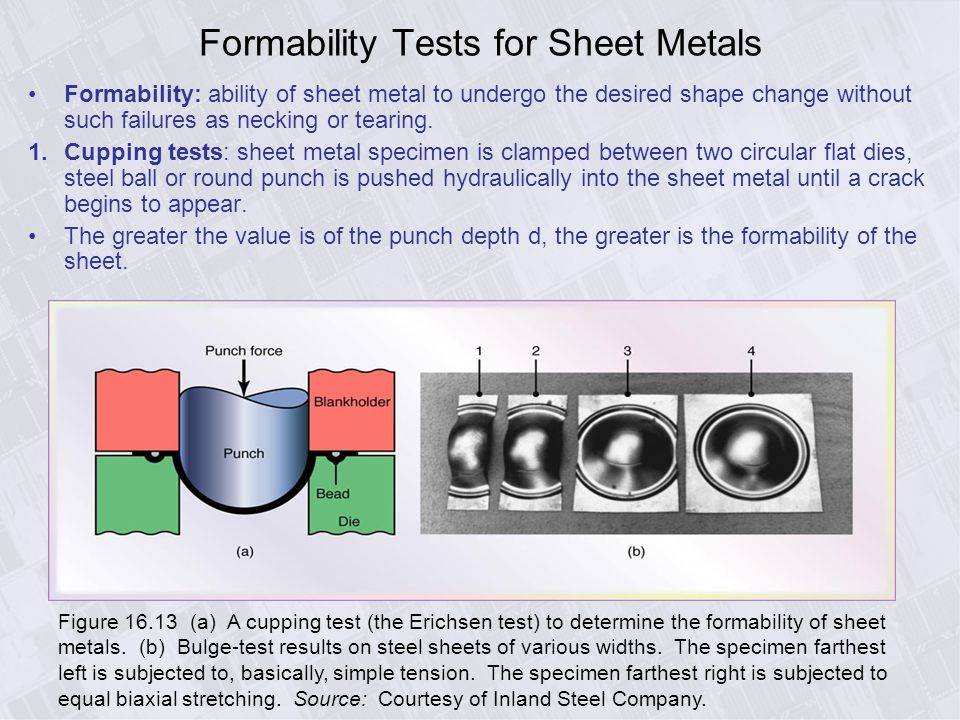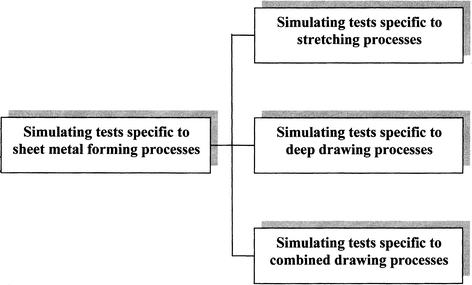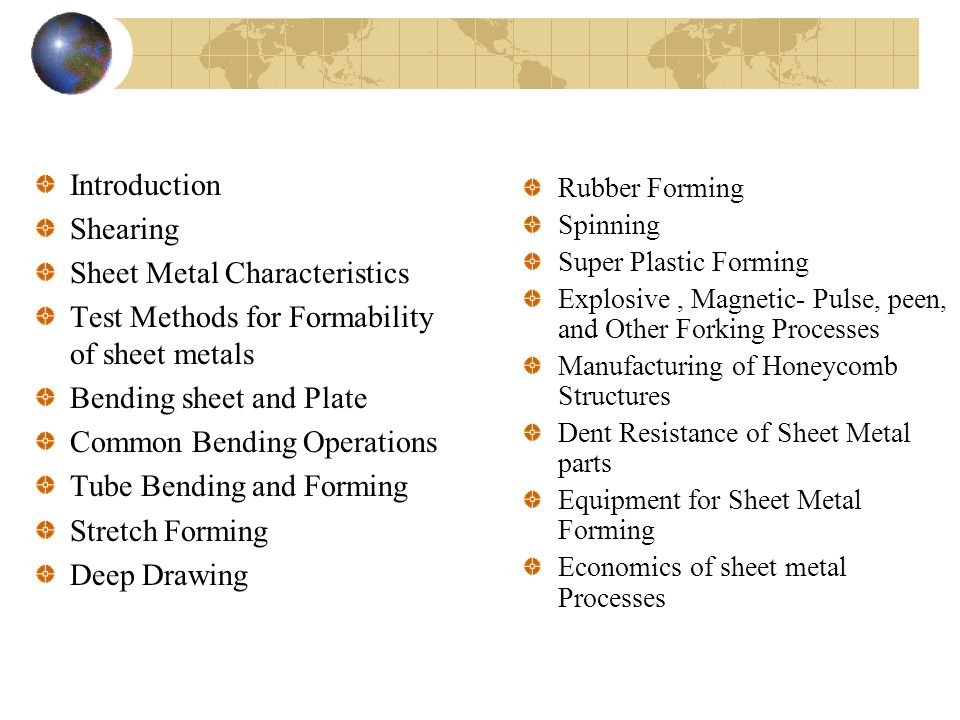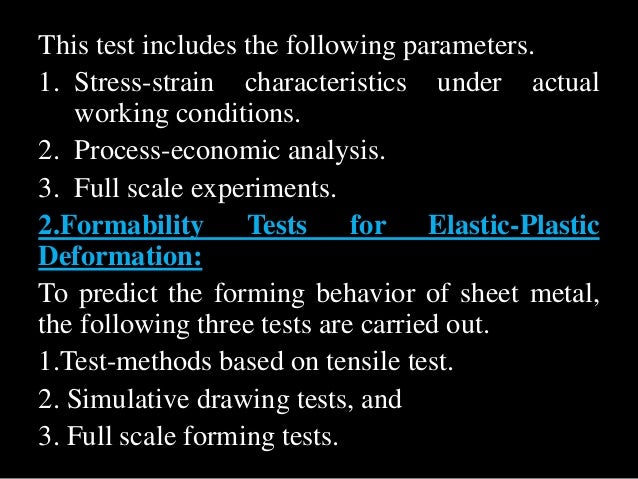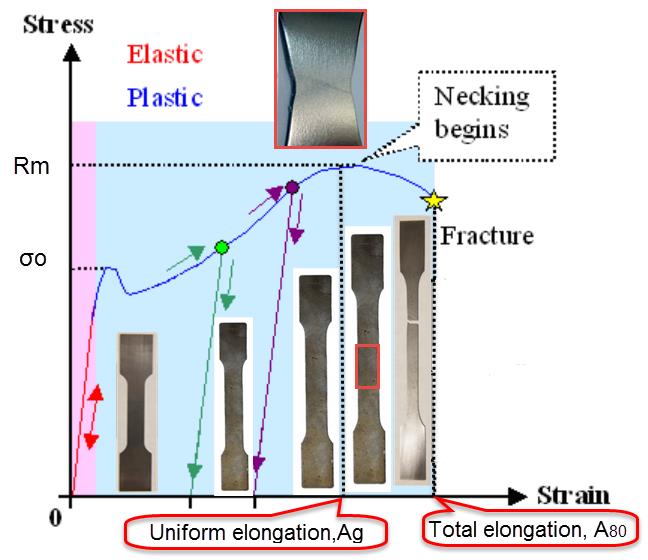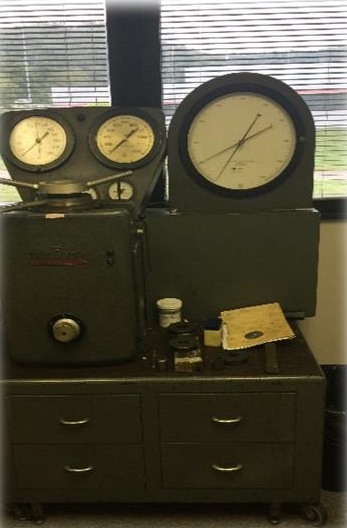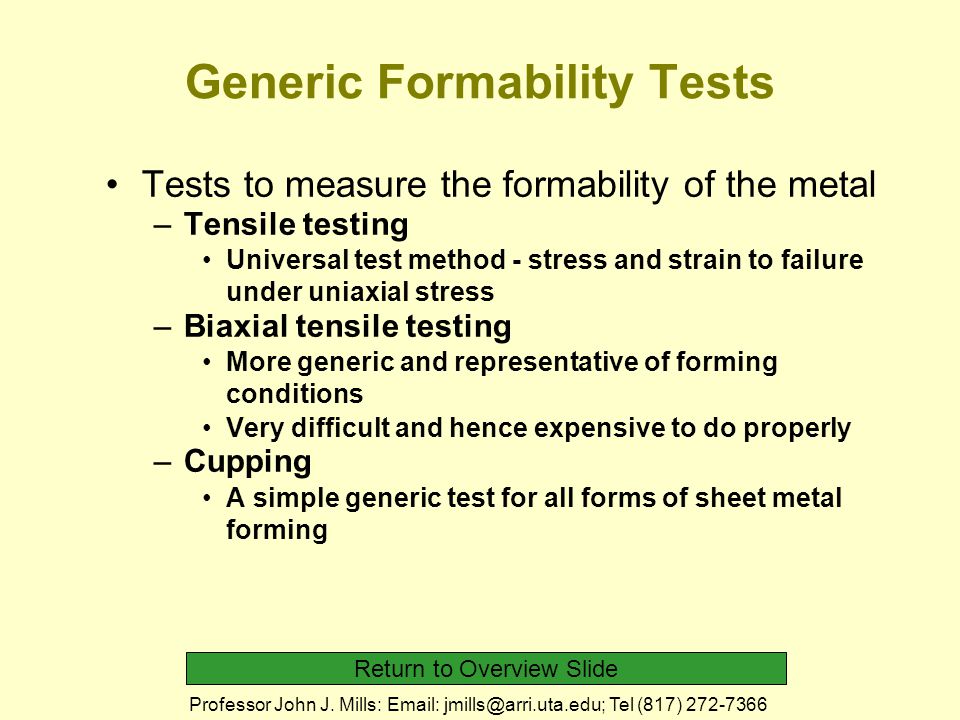In this chapter 1 sheet metal formability tests such as the tensile test the plane strain test and the in plane stretching test are analyzed.
Test methods for formability of sheet metal.
Astm e517 standard test method for plastic strain ratio r for sheet metal decides its determination.
The fem and experimental methods were used in order to demonstrate how two dimensional in plane simulation can help interpret and develop such tests as well as to understand the nature of material behavior and governing mechanics.
The old saying garbage in garbage out rings true in this regard.
Tips for sheet metal testing.
This inexpensive and simple way of evaluating formability however is not very reliable because while.
In sheet metal industry the initial estimation of formability is usually based on total elongation measured from the tensile test.
To correctly and accurately capture the mechanical properties of material for use in simulation a tensile test is performed.
Anisotropy in sheet metal can be useful in deep drawing and other forming processes.
During rolling the sheet develops anisotropy both in the plane of the sheet called planer anisotropy as well in the thickness of sheet called anisotropy ratio.
It is assumed or considered that the larger is the value of total elongation the more formable is the material.
Sheet metal forming simulation is almost meaningless without accurate material data.
Astm e646 stan dard test method for tensile strain hardening exponents of metallic sheet materials governs the determination of the strain hardening exponent.




